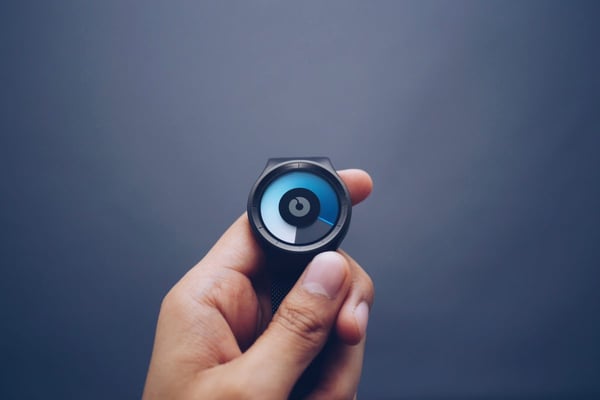Technology has made a multitude of advancements in the last decade, especially in the last few years. The trend doesn’t seem to be slowing down, either, as humans look for ways to make their lives and jobs easier. Work smarter, not harder, as the saying goes. The construction industry is no different, albeit a little bit behind other industries when it comes to technology. In the last few years, though, the construction industry has made great strides. One of the biggest things managers, business owners, investors and developers are looking to utilize is wearable technology.
When people hear “wearable technology” they are likely to first think of a FitBit or smart watch. But wearable technology encompasses so much more, especially in the construction industry. There are smart helmets, smart boots, smart glasses, cooling vests and more. These items are designed to aid the laborers with their jobs, but also provide vital information to general contractors and other higher ups.
According to OSHA, “Out of 4,779 worker fatalities in private industry in calendar year 2018, 1,008 or 21.1% were in construction — that is, one in five worker deaths last year were in construction. The leading causes of private sector worker deaths (excluding highway collisions) in the construction industry were falls, followed by struck by object, electrocution, and caught-in/between. These "Fatal Four" were responsible for more than half (58.6%) the construction worker deaths in 2018, BLS reports. Eliminating the Fatal Four would save 591 workers' lives in America every year.”
Wearable technology and increasing innovations in safety measures are designed to help prevent deaths and injuries that arise on a construction job site. Workers have worn safety gear on the job site for decades, but technology is taking that gear to the next level. The idea is that wearables collect, store, transmit and/or receive information about worker location, biometrics, nearby hazards and other jobsite data. The information is collected passively, meaning the worker doesn’t have to do anything different for the data to be collected.
According to CONEXPO, these metrics, “aid in at least one of the following:
- Track worker location
- Provide jobsite information to decrease operational risk
- Monitor vital signs and environmental risks to worker health
- Reduce the risk of musculoskeletal injuries”
The data collected from this technology is used to further increase the safety measures in the construction industry and on specific job sites.
Construction wearable technology can be broken down into three categories:
- Visual wearables - devices that use optical aids in or on glasses, visors and hard hats to produce images for remote viewers and/or the wearer.
- Tactile wearables – devices that work as an exoskeleton to increase the user’s strength and durability
- Sensing wearables - devices that can sense a worker’s biological, environmental and physical conditions. In addition to sensing conditions, the device analyzes data using edge computing and warns the employee of hazardous situations that can lead to an injury.
Many managers, business owners and investors see the use of technology in construction as an essential and valuable part of safety. As technology continues to advance and innovations come to light, we can expect to see even more implementation in the construction industry, with the ultimate goal being a reduction in job site injuries and fatalities.

Recent Posts
- Spec Construction Loans: A Spec Line of Credit Is Worth the Paperwork
- Spec Homes and Pre-Sale Homes: The Relative Benefits for a Spec Builder
- How a Lender Sees Spec Construction Success: Insights for the Investor Builder
- How Is a Spec House Different From Other Kinds of House Construction?
- How a Private Lender Compares to a Bank Lender for a Spec House Construction Loan
